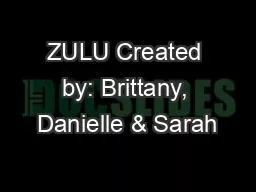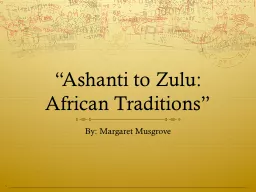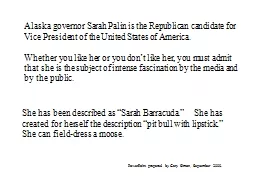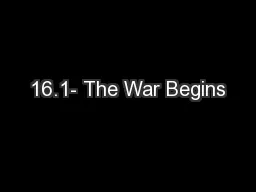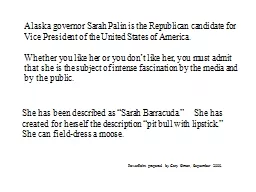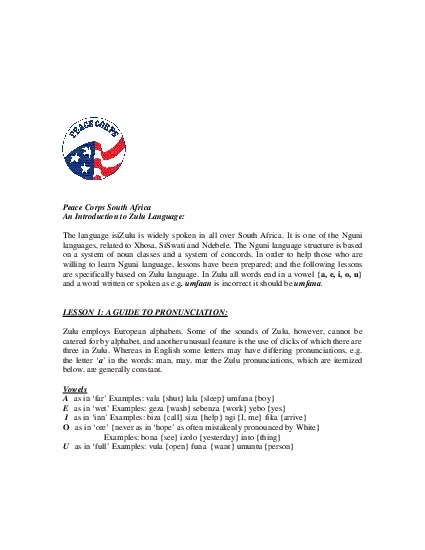PPT-ZULU Created by: Brittany, Danielle & Sarah
Author : iainnoli | Published Date : 2020-11-06
Creation Myth The Ancient One known as Unkulunkulu is the Zulu creator He came from the reeds and from them he brought forth the people and the cattle He created
Presentation Embed Code
Download Presentation
Download Presentation The PPT/PDF document "ZULU Created by: Brittany, Danielle &..." is the property of its rightful owner. Permission is granted to download and print the materials on this website for personal, non-commercial use only, and to display it on your personal computer provided you do not modify the materials and that you retain all copyright notices contained in the materials. By downloading content from our website, you accept the terms of this agreement.
ZULU Created by: Brittany, Danielle & Sarah: Transcript
Download Rules Of Document
"ZULU Created by: Brittany, Danielle & Sarah"The content belongs to its owner. You may download and print it for personal use, without modification, and keep all copyright notices. By downloading, you agree to these terms.
Related Documents

